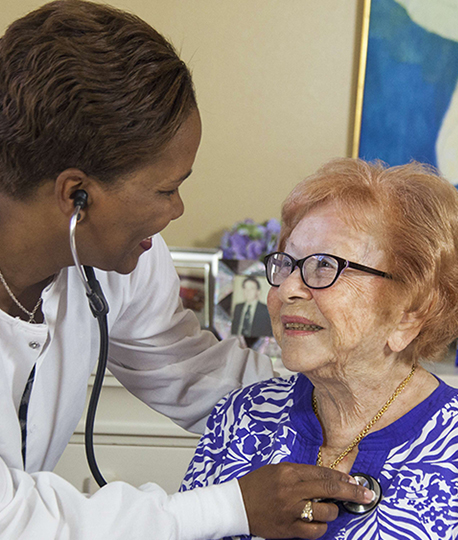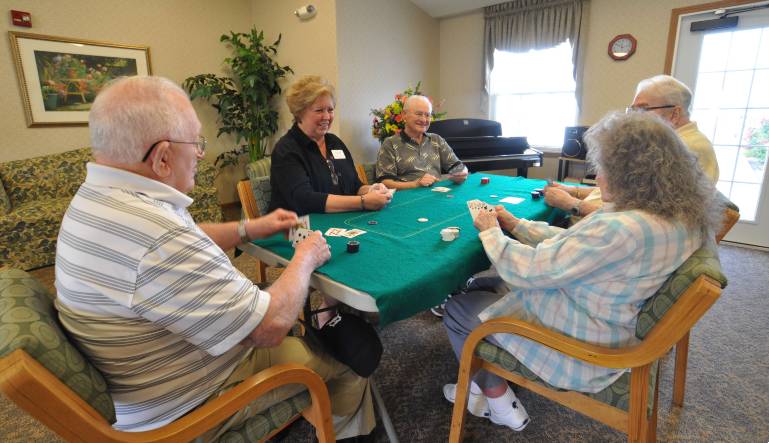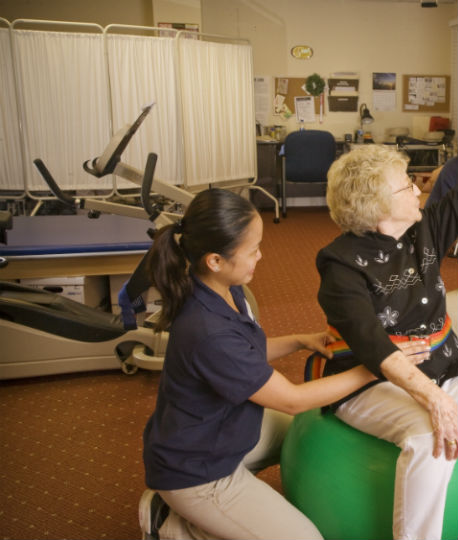People often live with the mistaken idea that cancer is hereditary and there isn’t much you can do to avoid it. While it’s true that family history is linked to some types of cancer, such as cancer of the colon, ovarian, and breast, other types are related to lifestyle.
Living a healthy lifestyle may prevent some types of cancer, including skin, lung, and esophageal, from developing.
Lifestyle Choices That Impact Cancer Risk
1. Stop tobacco use and exposure
Most people know the connection between smoking and lung cancer, but the link between tobacco use and cancer is much broader. Almost 1 out of every 5 deaths in this country can be attributed to tobacco. Any kind of tobacco use increases your risk for throat, kidney, stomach, liver, and mouth cancer.
If you are a tobacco user, the best thing you can do to lower your cancer risk is to stop. This is true for whatever type you use—cigarettes, cigars, smokeless tobacco, chewing tobacco, and vape pens.
Those who live or work with smokers should require them to smoke outdoors or in an area where ventilation won’t allow smoke to filter into the office or home.
2. Stick to a healthy diet
Research shows a link exists between cancer and diet. Limit or eliminate processed foods and red meat from your daily diet. That means avoiding ready-to-eat soups, frozen dinners, processed meats, and foods that contain a high concentration of preservatives and additives.
Strive for a diet that is largely plant based. Nutritionists say eating all of the colors of the rainbow each day should be your goal. Green vegetables, colorful fruits, whole grains, legumes, and walnuts are believed to help ward off cancer.
3. Engage in physical activity
People who live a sedentary lifestyle with little-to-no daily physical activity are at greater risk for cancer, such as prostate and pancreatic cancers. Researchers believe this type of lifestyle often leads to weight gain and obesity which are linked to cancer.
You can lower your risk of cancer by exercising for at least thirty minutes, five or six times a week. It also helps to avoid sitting for long periods of time and to control your weight.
4. Consume alcohol in moderation
People who are heavy drinkers also experience higher incidences of cancer. Researchers think it isn’t only the alcohol that is the problem, but also the behaviors associated with it. Because consuming too much alcohol can leave you feeling tired and sick, heavy drinkers are more likely to eat unhealthy foods and avoid exercising.
Additional research seems to indicate that people who are heavy drinkers are more likely to smoke, further compounding their risk for cancer.
Making these lifestyle changes may help you enjoy a longer and healthier life.
Follow Our Blog
If you found this article helpful and are interested in reading more like it, subscribe to the Five Star Senior Living blog. We share the latest news and research on aging, senior care, and caregiving several times a week!






 Reminiscing – Sharing previous experiences holds significant value and is a great way to pass down traditions to the younger generations. You can write down these memories so they will last.
Reminiscing – Sharing previous experiences holds significant value and is a great way to pass down traditions to the younger generations. You can write down these memories so they will last. 



